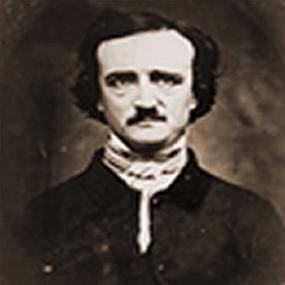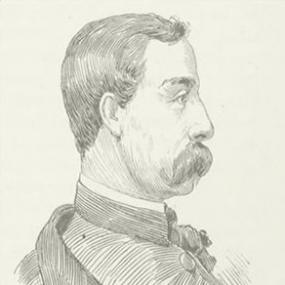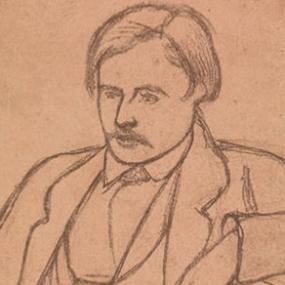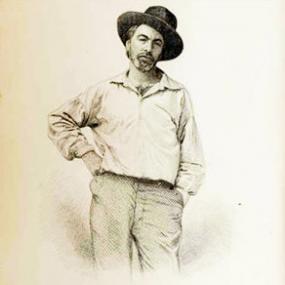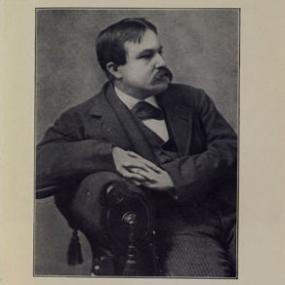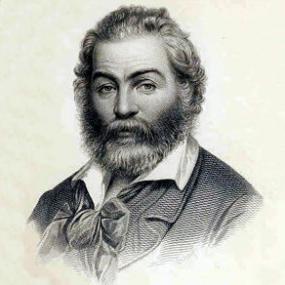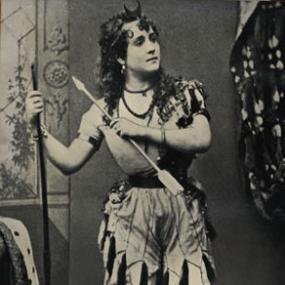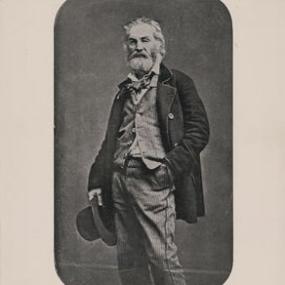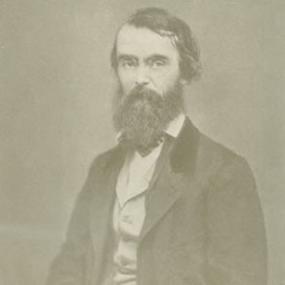
Henry Clapp, Jr, attends the Second General Peace Congress in Paris, France, on August 22-24, 1849. Clapp covers this and other similar events in Europe—such as the World Convention of the Friends of Universal Peace held in Brussels, Belgium, in 1848, and events at the London Peace Society in 1847—for the Pioneer and the New York Tribune. Rather than return to the United States after the convention ends, Clapp settles into the Hotel Corneille in Paris's Latin Quarter and throws himself into Parisian bohemia (Lause 9-12).
